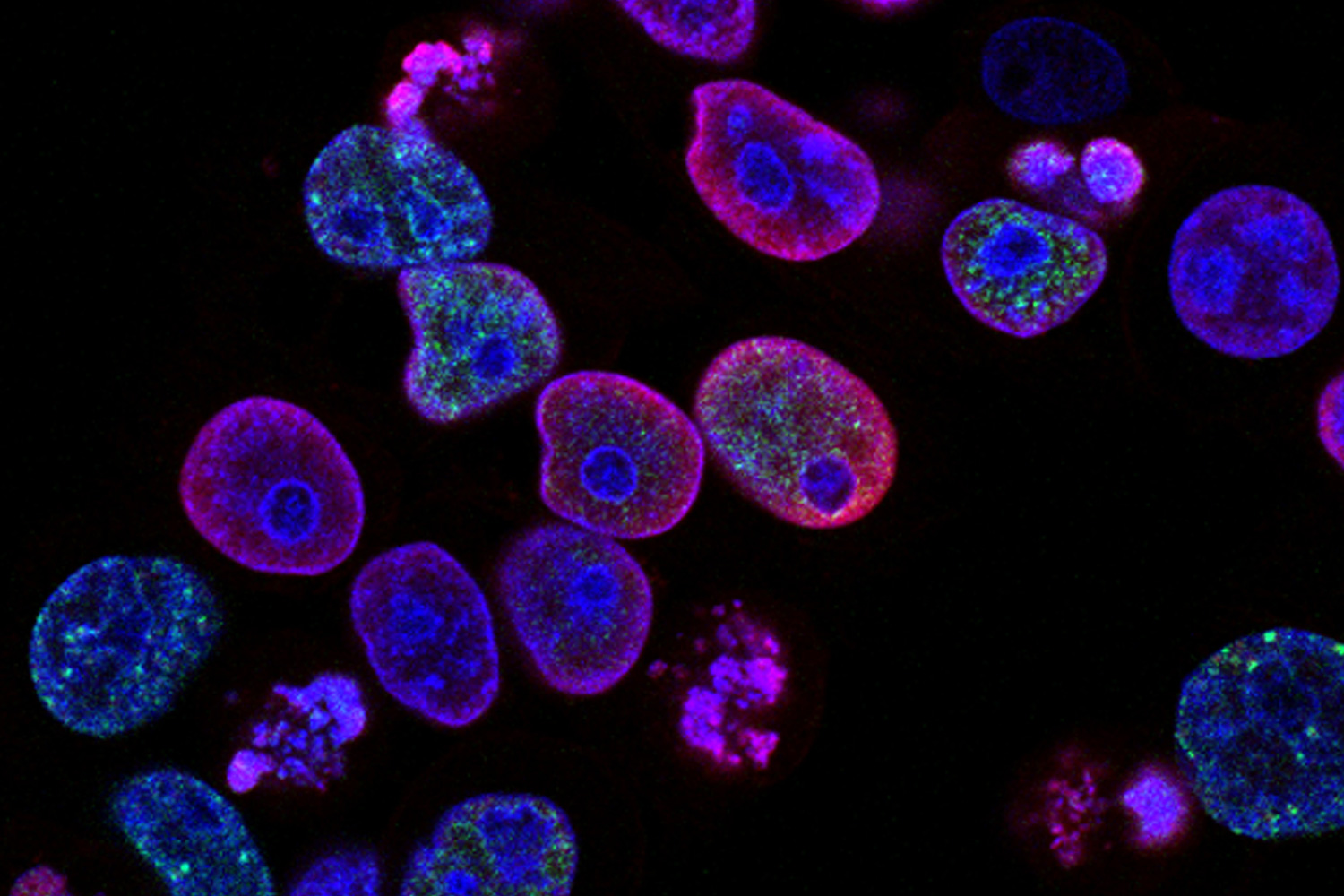Tau Consortium
Drug Discovery & Translation
The mission of the RCF is to accelerate the development of new treatments for tauopathies. Pharmacological interventions that rescue pathological tau dysfunction, such as targeting aberrant tau hyperphosphorylation, modulating proteostasis mechanisms, or modulating tau protein translation, hold promise as disease modifying therapies for tauopathies.

The drug discovery portfolio is supported by integrated expertise and services that cover all aspects of the pipeline from early-stage target discovery and validation through clinical trials. Our team works to connect investigators with contract research organizations (CROs), drug discovery institutes, intellectual property consultants, and other necessary services to provide support where it is needed.
The Tau Consortium funds drug discovery efforts across a wide range of novel targets, agents, and/or therapeutic strategies to accelerate the development of disease modifying interventions for tauopathies. Our pipeline aims to bridge the “valley of death” by assisting labs to develop robust translational programs with the ultimate goal of working with pharmaceutical companies to develop drug candidates for human trials.
The funding and discovery strategy is based on the individual needs and stages of the program. The RCF stays engaged identifying opportunities to accelerate progress toward proof-of-concept inflection points where venture financing or other types of funding and partnerships can be realized.

